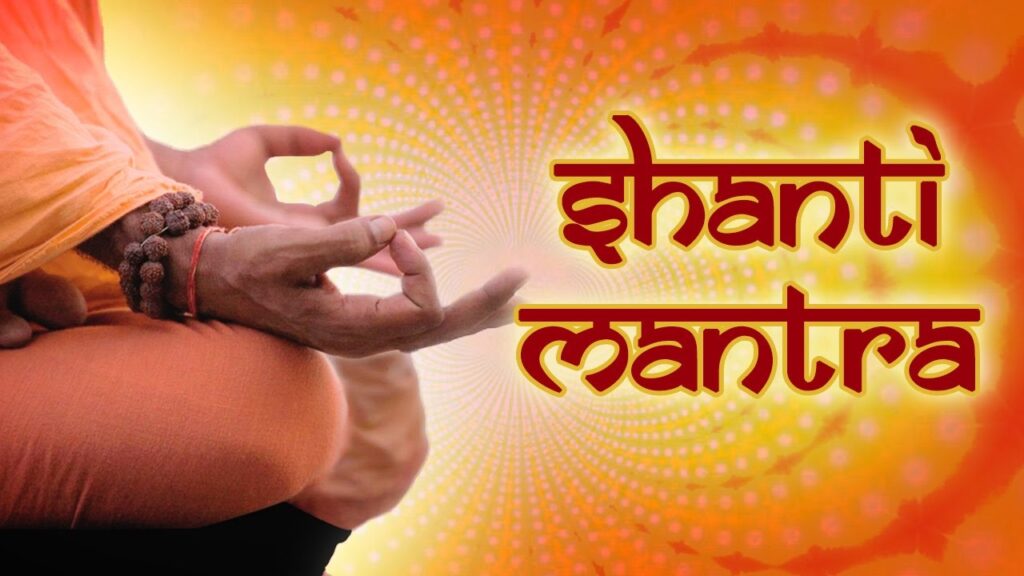Shanti Mantras We must approach a task with the right mental attitude whenever we undertake it. This preparation will greatly enhance the chances of success in our undertaking. For similar reasons, we have many Prakaras (enclosures) in our temples. As the devotee goes around each Prakara, his concentration improves and his mind gradually gets focused Read More
Tag: Shanti Mantra
Unlock Inner Harmony: The 6 Shanti Mantras Explained
Shanti Mantras We must approach a task with the right mental attitude whenever we undertake it. This preparation will greatly enhance the chances of success in our undertaking. For similar reasons, we have many Prakaras (enclosures) in our temples. As the devotee goes around each Prakara, his concentration improves and his mind gradually gets focused Read More
Shanti Mantra: Finding Inner Peace & Harmony
Shanti Mantra: Peace Mantra Meaning & Benefits According to our religious and cultural beliefs, one of the most auspicious and famous mantras is the ‘Shanti Mantra’. Shanti mantra is recited at the end of various auspicious occasions such as Yagna, Yaga, Homa, various spiritual discourses and prayers by the pujaris and the pundits. “Om Sahana Read More

